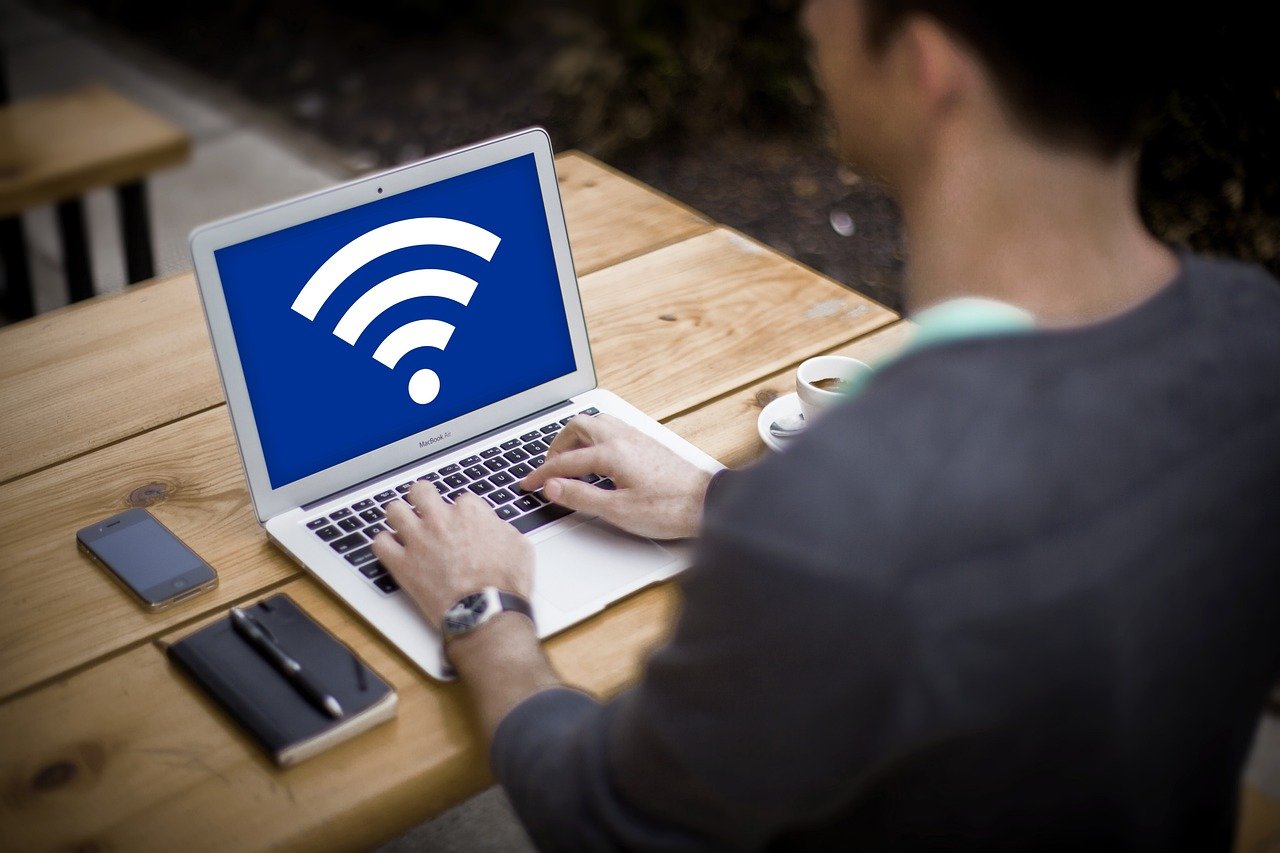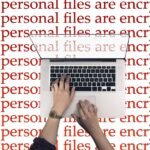Securing your Wi-Fi network is crucial for protecting your personal data and preventing unauthorized access. With the increasing number of smart devices and the prevalence of cyber threats, it’s essential to implement robust security measures. This guide will provide detailed steps and easy-to-understand examples to help you secure your Wi-Fi network effectively.
1. Change Default Credentials
Why It’s Important
Many routers come with default usernames and passwords that are widely known and easily accessible online. Keeping these default credentials makes your network vulnerable to unauthorized access.
How to Change:
1.Find Your Router’s IP Address:
- Common addresses are
192.168.1.1or192.168.0.1. You can also find it by running the commandipconfig(Windows) orifconfig(Mac) in your command line interface.
2.Access the Router Settings:
- Open a web browser and enter the IP address.
- Log in using the default username and password (often found on the router or in its manual).
3.Change Credentials:
- Navigate to the settings page (usually under “Administration” or “Settings”).
- Change the username and password to something unique. For example:
- Old Username: admin
- New Username: JohnDoe123
- Old Password: password123
- New Password: S3cureP@ssw0rd
2. Use Strong Encryption
Why It’s Important
Encryption protects your data by making it unreadable to anyone who doesn’t have the key.
How to Set Up Strong Encryption:
- Access Your Router Settings (as described above).
- Navigate to the Wireless Settings:
- Look for “Wireless Security” or “Wi-Fi Security” options.
- Select WPA3 or WPA2 as the security mode. Avoid WEP, as it is outdated and insecure.
Example:
- WPA3 is the latest standard and offers enhanced security features. If your router supports it, select this option.
3. Create a Strong Wi-Fi Password
Why It’s Important
A strong password is your first line of defense against unauthorized access.
How to Create a Strong Password:
- Combine Characters: Use a mix of uppercase letters, lowercase letters, numbers, and special characters.
- Length Matters: Aim for at least 12-16 characters.
Example:
- Weak Password: mywifi123
- Strong Password: T1g3r@T3ch2025
4. Hide Your SSID
Why It’s Important
Hiding your SSID (the name of your Wi-Fi network) makes it less visible to casual users and attackers.
How to Hide Your SSID:
- Access Your Router Settings.
- Go to Wireless Settings:
- Look for an option that says “SSID Broadcast” or “Visibility Status”.
- Disable SSID Broadcast.
Example:
- If your SSID is “Home_Network”, turning off SSID broadcast will make it invisible in the list of available networks.
5. Enable MAC Address Filtering
Why It’s Important
MAC address filtering allows you to specify which devices can connect to your network, adding an extra layer of security.
How to Set Up MAC Filtering:
- Find Your Device’s MAC Address:
- For Windows: Open Command Prompt and type
getmac. - For Mac: Go to System Preferences > Network, select your network, and click Advanced.
- Access Your Router Settings.
- Navigate to MAC Filtering:
- Find an option labeled “MAC Filtering” or “Access Control”.
- Add Allowed Devices:
- Input the MAC addresses of devices you want to allow.
Example:
- If your smartphone’s MAC address is
00:1A:2B:3C:4D:5E, you can add it to the list of allowed devices.
6. Regularly Update Router Firmware
Why It’s Important
Firmware updates often contain security patches that protect against vulnerabilities.
How to Update Firmware:
- Access Your Router Settings.
- Look for Firmware Update:
- This is usually found under “Administration” or “Maintenance”.
- Follow Instructions to Update:
- The router may check for updates automatically or allow you to download them manually.
Example:
- If you see a message saying “New firmware available,” click on it and follow the prompts to install.
7. Disable Remote Management
Why It’s Important
Remote management can allow unauthorized users to access your router’s settings from outside your network.
How to Disable:
- Access Your Router Settings.
- Look for Remote Management Options:
- It may be labeled as “Remote Access” or “WAN Access”.
- Disable Remote Management.
Example:
- If you see a checkbox for “Enable Remote Management,” make sure it is unchecked.
8. Limit DHCP Leases
Why It’s Important
Limiting the number of devices that can connect to your network reduces the risk of unauthorized access.
How to Limit DHCP:
- Access Your Router Settings.
- Navigate to DHCP Settings:
- This may be under “LAN Settings” or similar.
- Set Maximum Number of DHCP Users:
- Choose a number that matches your devices.
Example:
- If you only have five devices, set the DHCP lease limit to 5.
9. Set Up a Guest Network
Why It’s Important
A guest network allows visitors to access the internet without compromising your main network’s security.
How to Set Up:
- Access Your Router Settings.
- Look for Guest Network Options:
- This may be labeled as “Guest Network” or “Guest Access”.
- Enable the Guest Network:
- Set a separate password and encryption method.
Example:
- Your guest network might be called “Guest_WiFi” with a password like “Gue5tP@ssw0rd”.
10. Monitor Connected Devices
Why It’s Important
Regularly checking connected devices helps you identify any unauthorized access.
How to Monitor:
- Access Your Router Settings.
- Navigate to Connected Devices:
- This section shows all devices currently connected.
- Review the List:
- Look for unfamiliar devices and disconnect them.
Example:
- If you see a device named “SmartTV123” that you don’t own, you can block or remove it from your network.
11. Use a VPN
Why It’s Important
A VPN (Virtual Private Network) encrypts your internet connection, providing an additional layer of security.
How to Use a VPN:
- Choose a Reliable VPN Service:
- Options include NordVPN, ExpressVPN, or CyberGhost.
- Install the VPN Software on your devices.
- Connect to the VPN when using your Wi-Fi.
Example:
- When connected to a VPN, your internet traffic is encrypted, making it harder for attackers to intercept your data.
12. Educate Users
Why It’s Important
Educating family members and guests about safe browsing practices reduces the risk of security breaches.
Tips for Education:
- Discuss the importance of using strong passwords.
- Encourage caution when clicking links or downloading files from unknown sources.
Example:
- Hold a family meeting to explain how phishing emails work and demonstrate how to recognize them.
Securing your Wi-Fi network is essential in protecting your personal data and ensuring that unauthorized users cannot access your internet connection. By following these steps and examples, you can create a safer online environment for yourself and your family. Regularly review your security measures and stay informed about new threats to keep your network secure.
Happy Learning..
how to secure your home Wi-Fi network, best practices for Wi-Fi security, tips for changing router password, steps to hide Wi-Fi SSID, enabling WPA3 encryption on router, MAC address filtering tutorial for Wi-Fi, updating router firmware for security, disabling remote management on router, setting up a guest Wi-Fi network, monitoring connected devices on Wi-Fi, creating strong Wi-Fi passwords, importance of using a VPN for Wi-Fi, limiting DHCP leases on router, securing smart home devices on Wi-Fi, benefits of strong encryption for Wi-Fi, how to prevent unauthorized Wi-Fi access, teaching family about Wi-Fi security, reviewing router security settings regularly, protecting personal data on Wi-Fi network, effective ways to enhance Wi-Fi security,how to secure your home Wi-Fi network, best practices for Wi-Fi security, tips for changing router password, steps to hide Wi-Fi SSID, enabling WPA3 encryption on router, MAC address filtering tutorial for Wi-Fi, updating router firmware for security, disabling remote management on router, setting up a guest Wi-Fi network, monitoring connected devices on Wi-Fi, creating strong Wi-Fi passwords, importance of using a VPN for Wi-Fi, limiting DHCP leases on router, securing smart home devices on Wi-Fi, benefits of strong encryption for Wi-Fi, how to prevent unauthorized Wi-Fi access, teaching family about Wi-Fi security, reviewing router security settings regularly, protecting personal data on Wi-Fi network, effective ways to enhance Wi-Fi security.



